At this time of the year the seasons are changing from winter to spring and with it comes unstable weather. One minute it is bright and sunny and the next it is almost dark and poring with rain, it is a challenge to get out into the garden to work. At this time I go for a quick walk in the park between rain showers and in a spot of light near the evergreen trees is a bright Rhododendron lutescens shining in the distance. Its pale buttery yellow flowers are almost unreal and beckon me to come closer.
Like many of our favorite plants Rhododendron lutescens comes from the treasure trove of China. The plant is found in north-east Yunnan, Sichuan, Hubei and Guizhou where is grows on the hillsides, thickets, mixed forest and limestone slopes. It grows at elevations of 1700 to 2000 m (5600- 6600 ft.) . In China it is called Huang hua du juan.

The brilliantly colored flowers of Rhododendron lutescens are a beacon of light in the garden at this time of the year.
Rhododendron lutescens was discovered by Pere Jean Marie Delavay(1834-1895) in 1886 who was stationed in Kunming, Yunnan at that time. He was one of the important French Jesuit missionary collectors who explored China and other parts of the world and sent botanical samples(herbarium collections in this case) back to be identified and named by scholars at the National Museum of Natural History in Paris. When these collections were received in Paris Botanist Adrien Franchet would study them and classify the new plant material. E.H. Wilson recollected the plant when he was working James Veitch & Sons Nursery and it was re-introduced in 1904.
There are 2 leaf forms(one being narrower than the other) known of Rhododendron lutescens although they do not seem to be recognized by specific names. Rhododendron lutescens ‘Bagshot Sands’ is a form of the species which is said to have stronger primrose yellow colored flowers. A notable feature of the species is the exquisite coloring of new foliage which can take on an amazingly deep wine red coloring, this appears to happen after the flowering has occurred. With the yellow flower color, fine delicate leaves and early bloom time, Rhododendron lutescens has been used for crossing with other species to create new hybrids. Several are quite well-known such as ‘Bo Peep’ with its creamy flowers and “Goosander’ which has larger buttery yellow flowers slightly flushed with coral on their backsides. Both of these named hybrids are small in stature and are worth having in any garden.
Rhododendron lutescens is a graceful plant which deserves to be better known than it is. It grows best in a location with dappled light or spots of sun as the flowering will be better and leaf color more deep.It likes loamy to slightly sandy soil which is slightly acidic but is tolerant to more neutral qualities as long as it is not too clay rich. These plants like good drainage and are somewhat drought tolerant. Like all Rhododendrons it has shallow root fine fibrous roots which do not like to compete with other plants, therefore mulch or a groundcover may be the best thing for under the plant. It should be sheltered from drying winter winds.

The flowers of Rhododendron lutescens vary in the yellow coloring from very pale to deeper shades and sometimes appear almost greenish.
Rhododendron lutescens might be hard to find, check at a specialist nursery or society sales. It is fairly hardy and tolerates temperatures down to at least -10 c. (4 f.). It can grow to a reported 5.5 m. (18 ft.) tall and a narrower width often a multi-stemmed tree form with age. Best placement is in shrub borders, winter gardens, for early spring interest or specimen plantings. it can be mass planted and even is used as an informal hedge in some places.
Some beacons of information about this plant:
The most informative page about this plant: http://www.aussiegardening.com.au/findplants/plant/Rhododendron_lutescens
UBC has an interesting picture and info about the plant: http://www.ubcbotanicalgarden.org/potd/2008/04/rhododendron_lutescens_1.php
My page which tells the story of Pere Jean Marie Delavay and another of his wonderful dicoveries: https://namethatplant.wordpress.com/2010/05/17/delavays-maroon/
……..Until we meet here along the garden path, soon I hope………















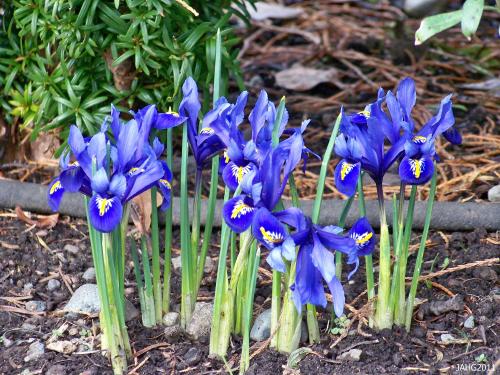
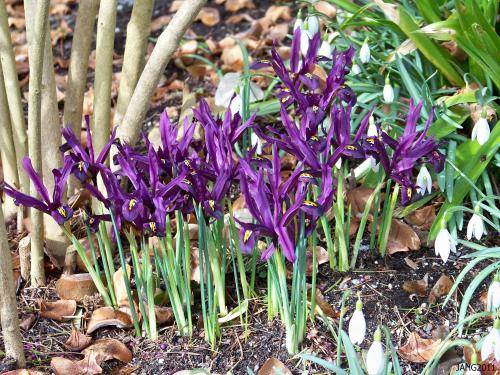
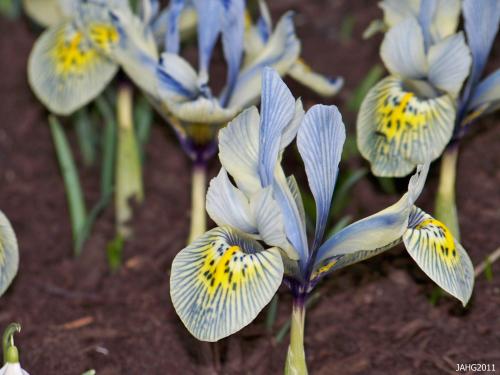
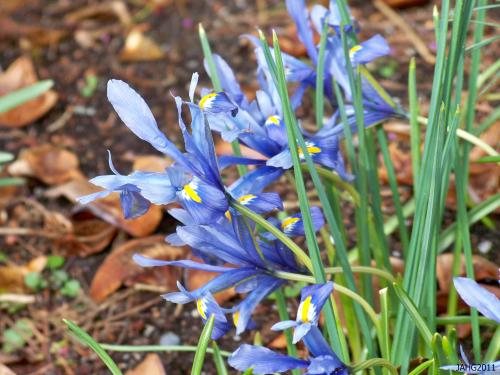

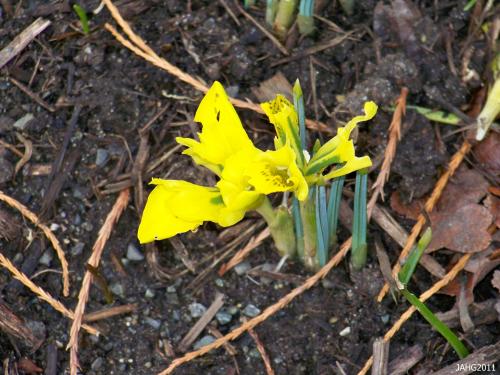





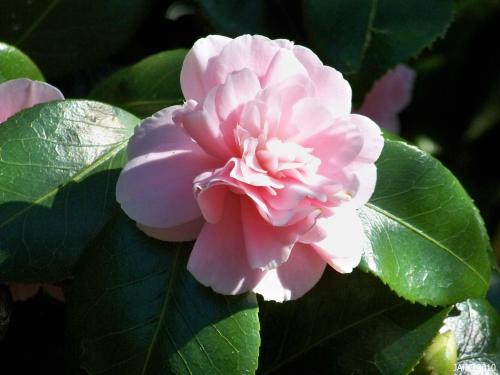
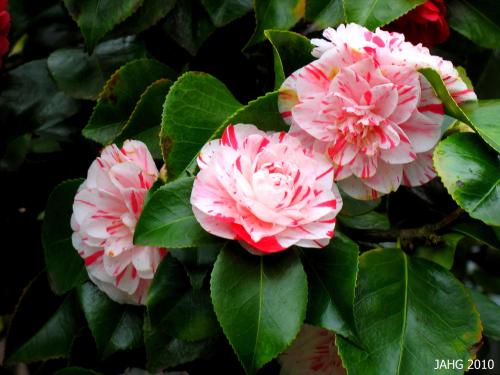
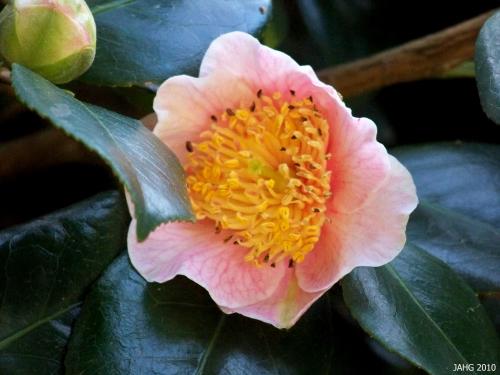
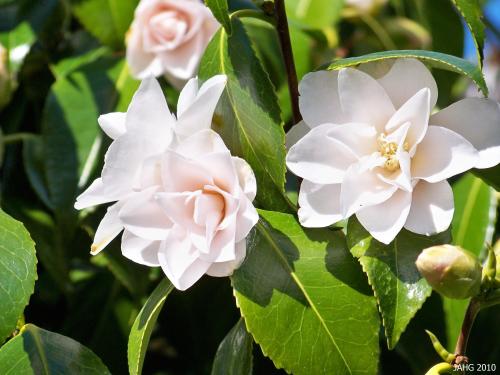

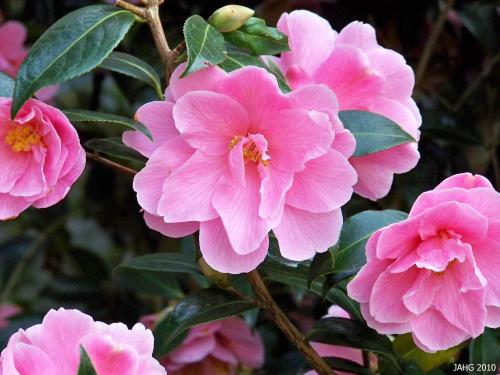
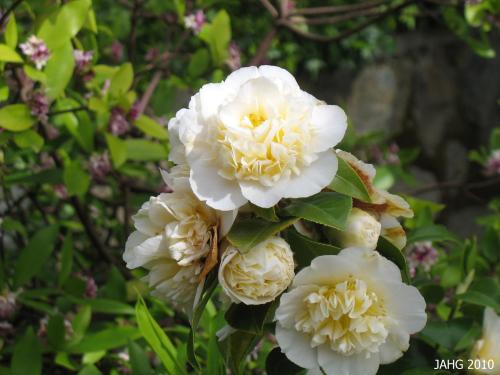
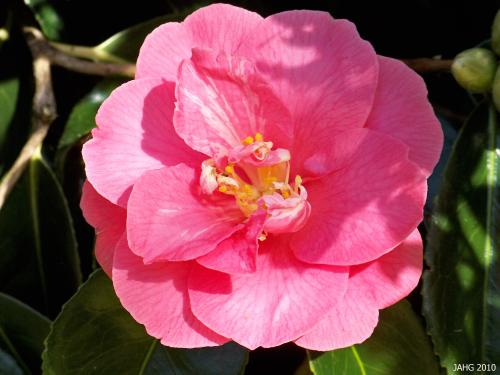


















 Stumble It!
Stumble It!






